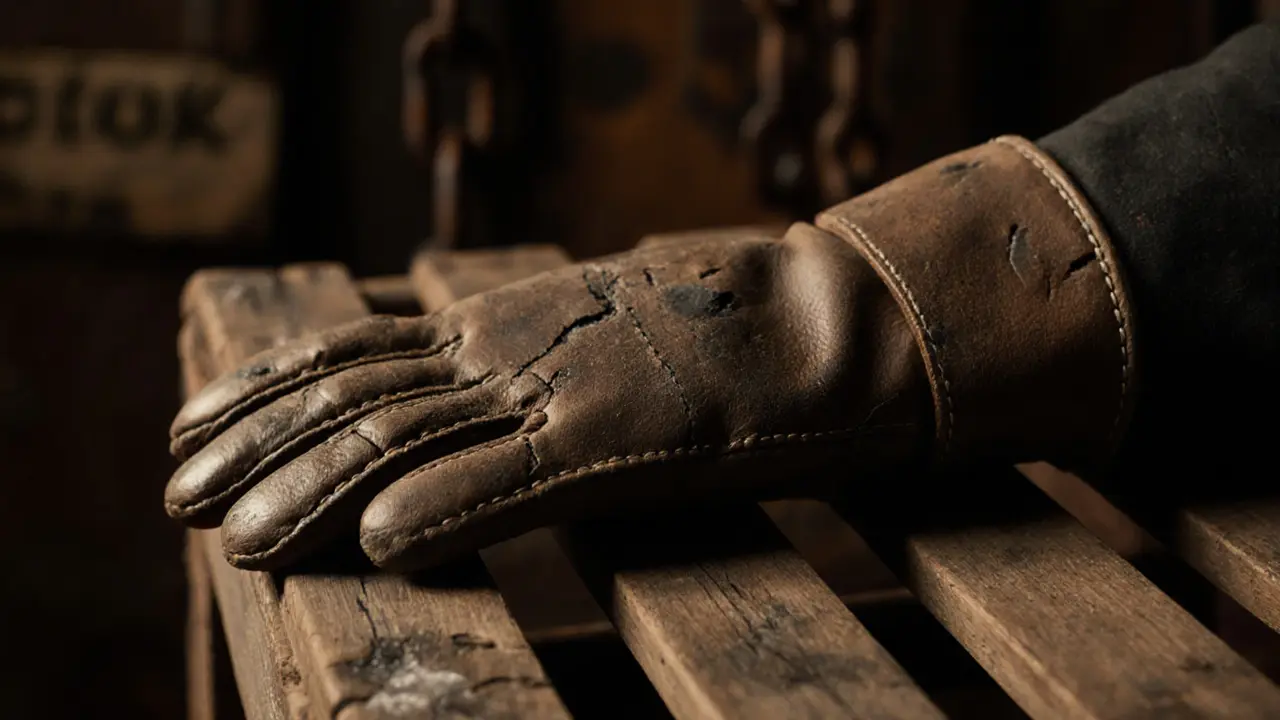London Docklands Museum: History, Exhibits, and Why It Matters
When you think of the London Docklands museum, a museum dedicated to the history of London’s riverfront trade, labor, and community life. Also known as the Museum of London Docklands, it doesn’t just show old maps and shipping logs—it tells the stories of the people who built, worked, and lived through the rise and fall of one of the world’s busiest ports. This isn’t a place where you stare at glass cases. It’s where you walk through recreated dockside streets, hear audio clips from dockworkers from the 1950s, and see how global trade shaped the lives of ordinary families in East London.
The London cultural heritage, the tangible and intangible legacy of the city’s working-class communities, industries, and immigrant histories here is raw and real. You’ll find exhibits on the British Empire’s trade routes, the impact of the 1980s dock closures, and how the area transformed from abandoned warehouses into today’s financial district. It’s not just about ships and cargo—it’s about migration, strikes, housing, and survival. The museum doesn’t shy away from hard truths: the exploitation, the racism, the poverty. But it also celebrates resilience—the street markets, the community centers, the music, the food that came with new arrivals from the Caribbean, South Asia, and beyond.
What sets this place apart from other London museums is how it connects the past to the present. The Docklands exhibitions, curated displays that focus on local stories, industrial change, and urban renewal in East London aren’t static. They rotate. One season might spotlight the women who ran the tea warehouses; the next, it could be a photo essay on modern artists using old dockside buildings as studios. The museum works with local schools, refugee groups, and historians to keep the content alive and relevant. You’re not just visiting a building—you’re seeing how history is still being written right outside its doors.
And if you’ve heard of the Lifestyle Museum London, a term sometimes used informally to describe museums that blend culture, daily life, and immersive experiences, this is exactly what that phrase means in practice. It’s not about luxury or Instagram backdrops. It’s about feeling the weight of a sailor’s rope, tasting a replica of 1920s dockside pie, or watching a 10-minute film of a child walking to school past cranes that are now luxury condos. This museum doesn’t ask you to admire history. It asks you to understand it.
What you’ll find in the posts below isn’t just a list of articles. It’s a collection of real experiences—behind-the-scenes tours, personal stories from volunteers, tips on when to visit to avoid crowds, and deep dives into exhibits you might miss if you’re just passing through. Whether you’re a history buff, a local trying to reconnect with your neighborhood, or a visitor who wants more than the usual tourist spots, these posts give you the inside track. No fluff. No hype. Just what matters about this place, and why it still matters today.
- Elara Whitlock
- October 29, 2025
- Comments 0

